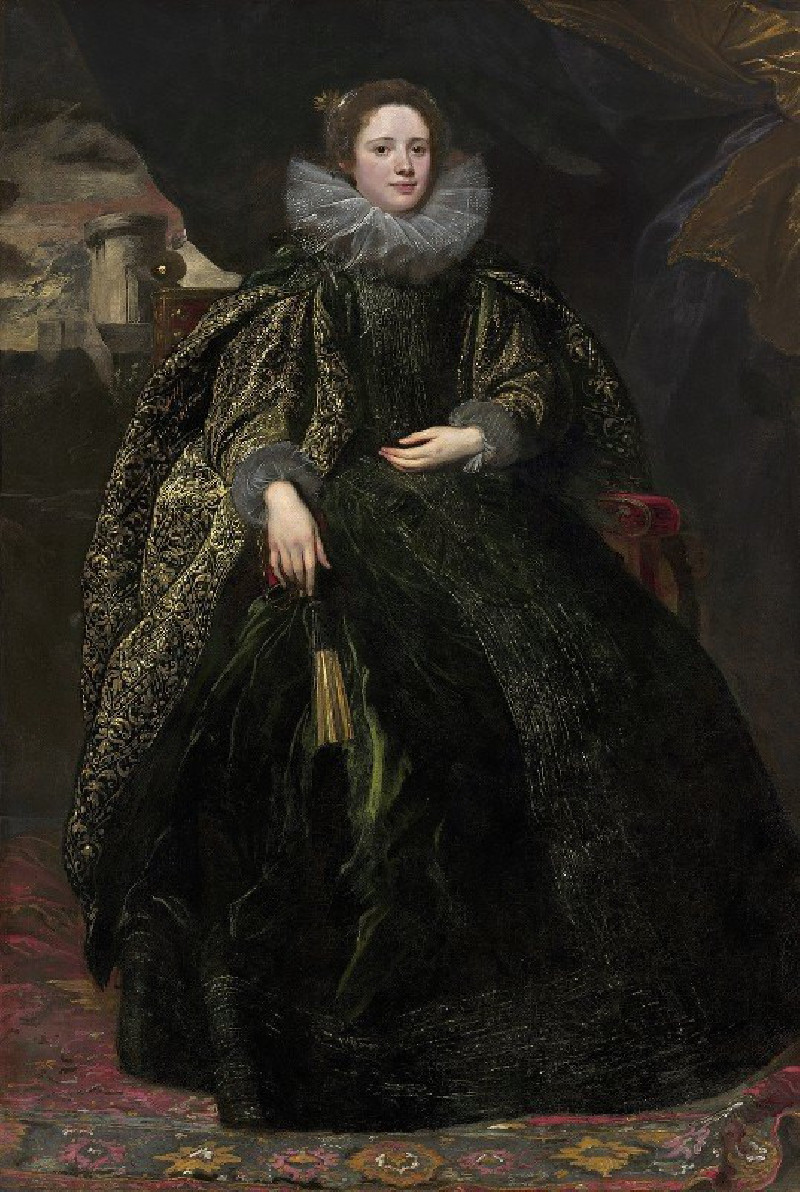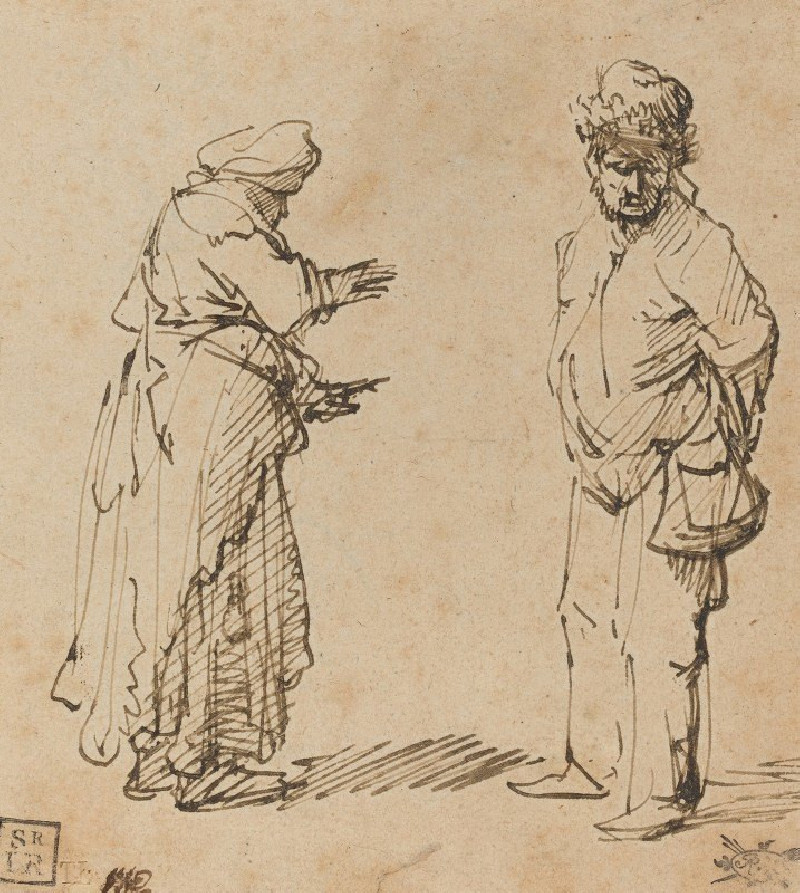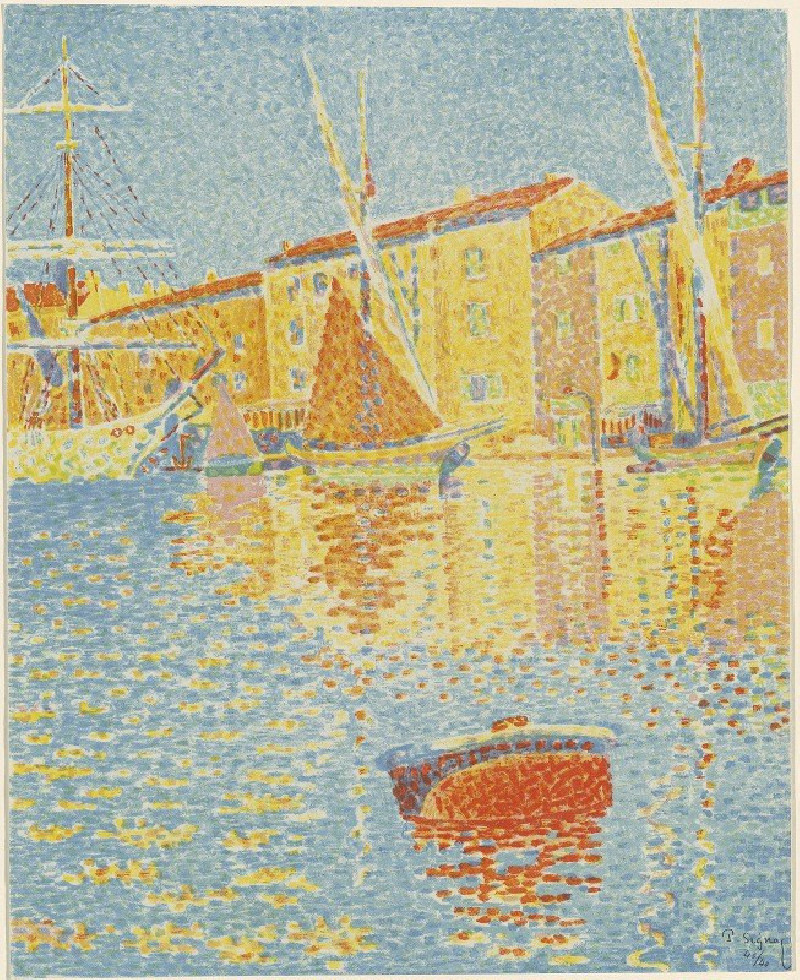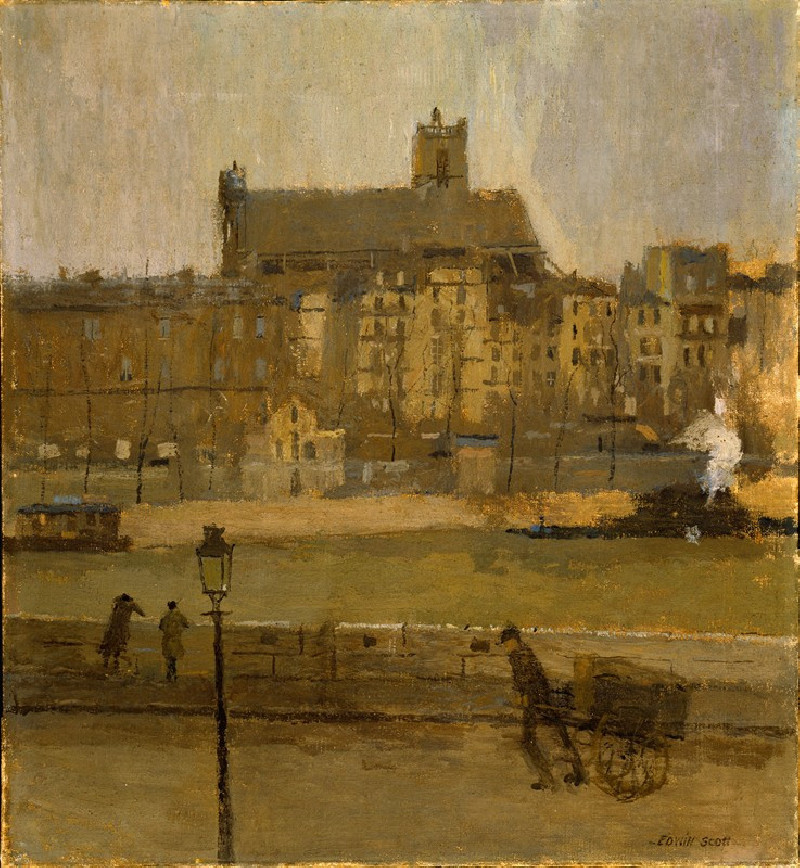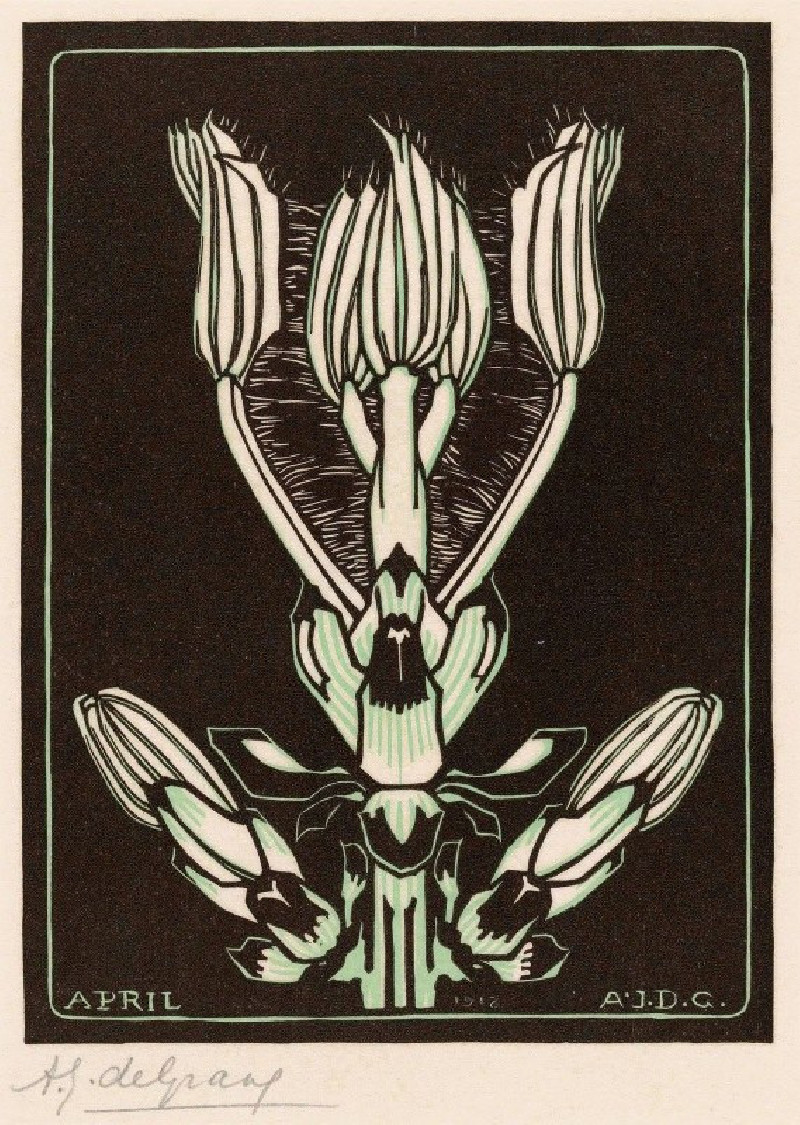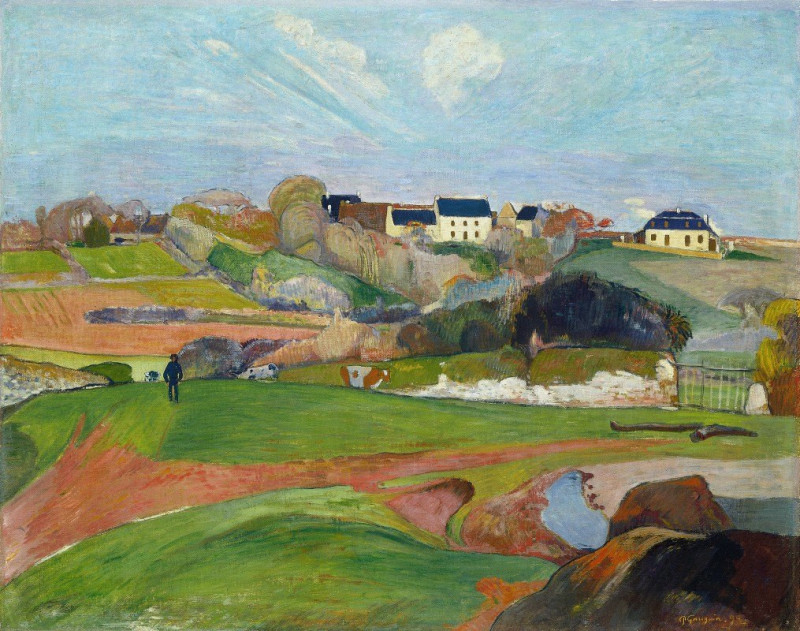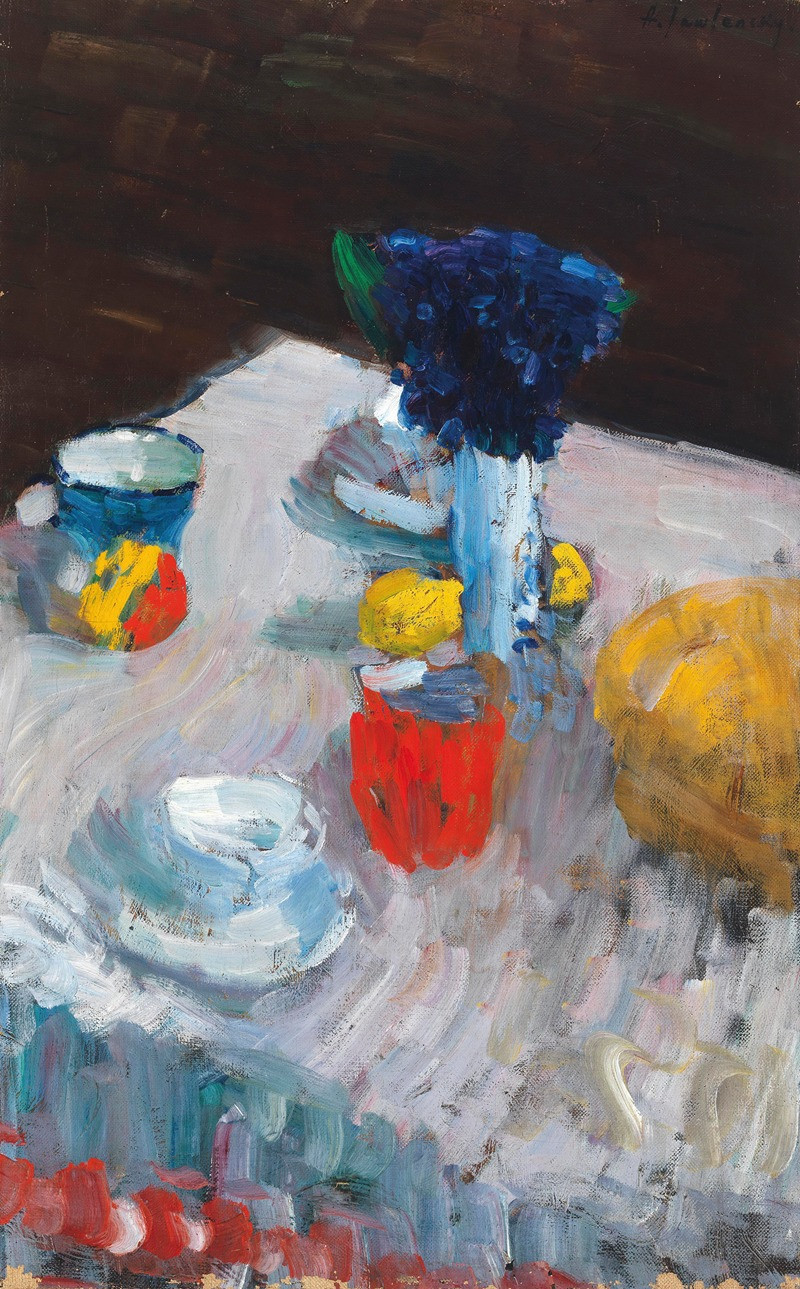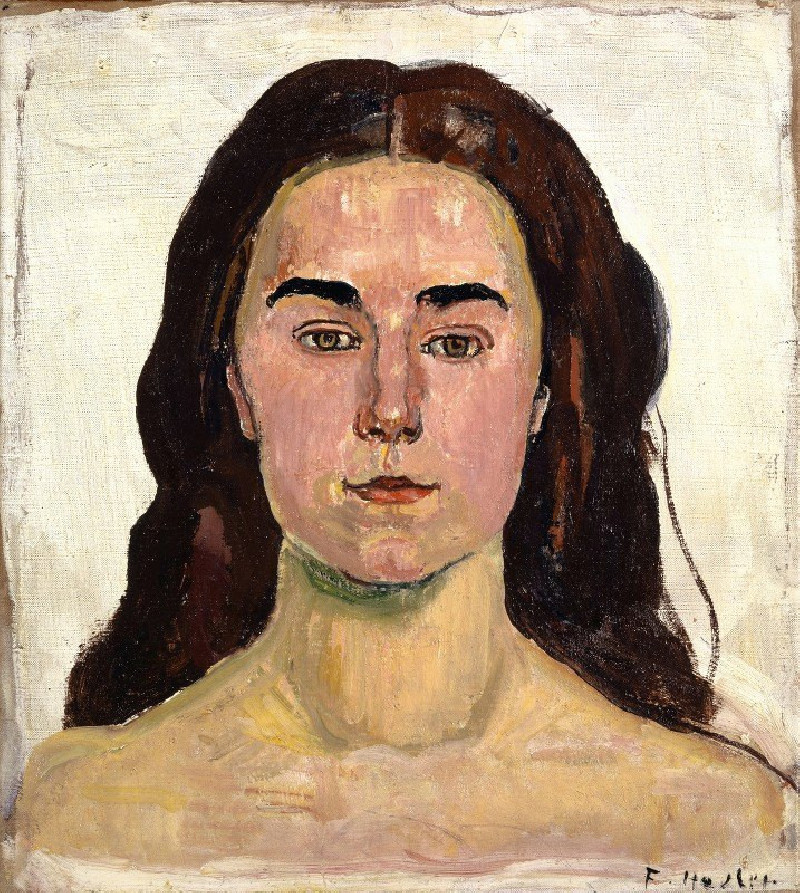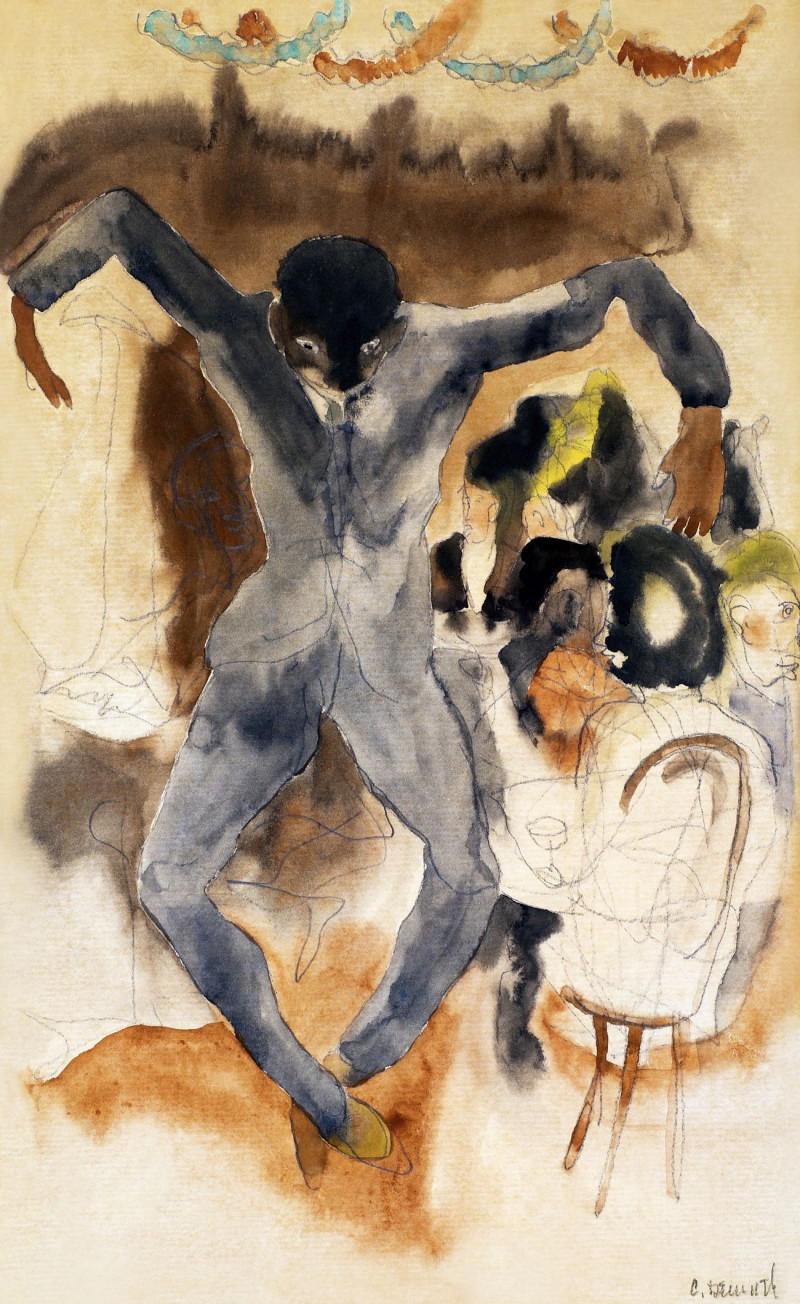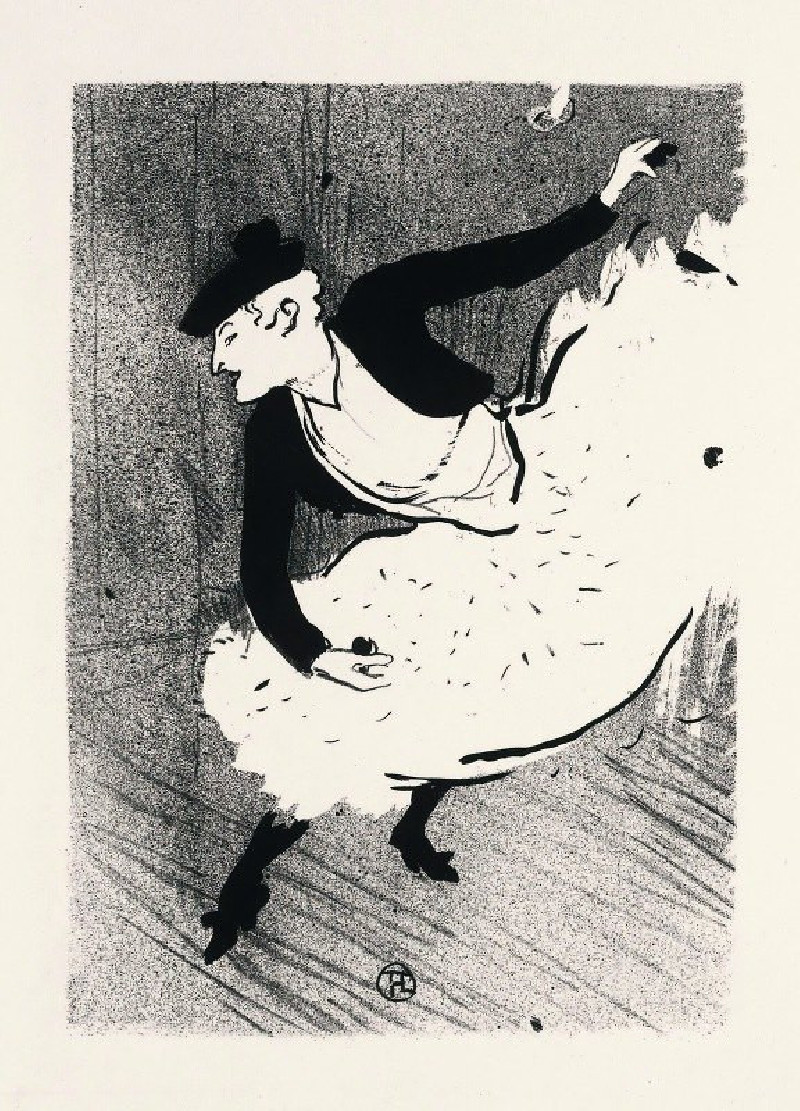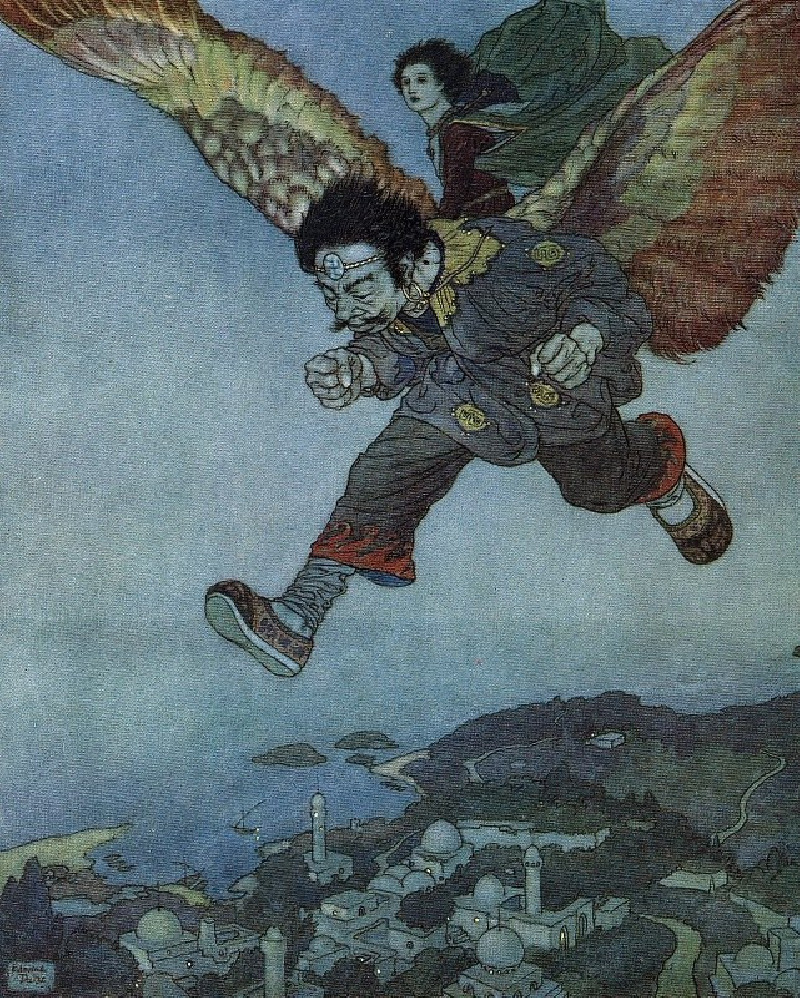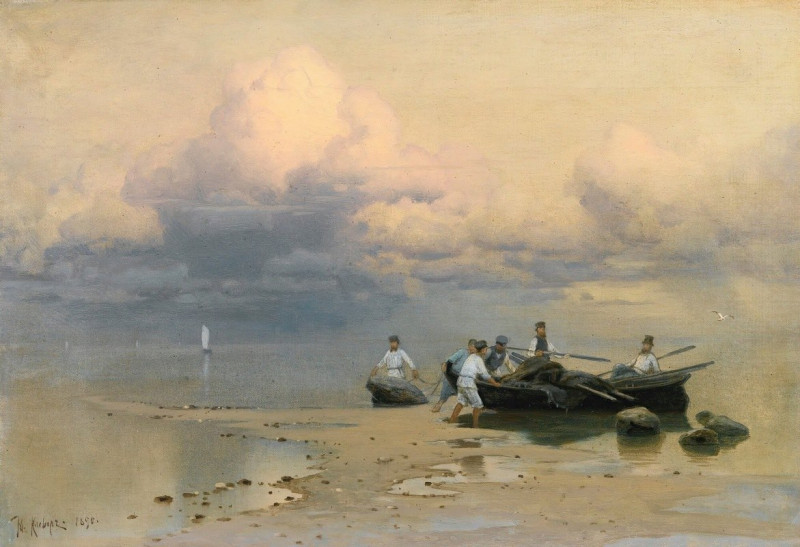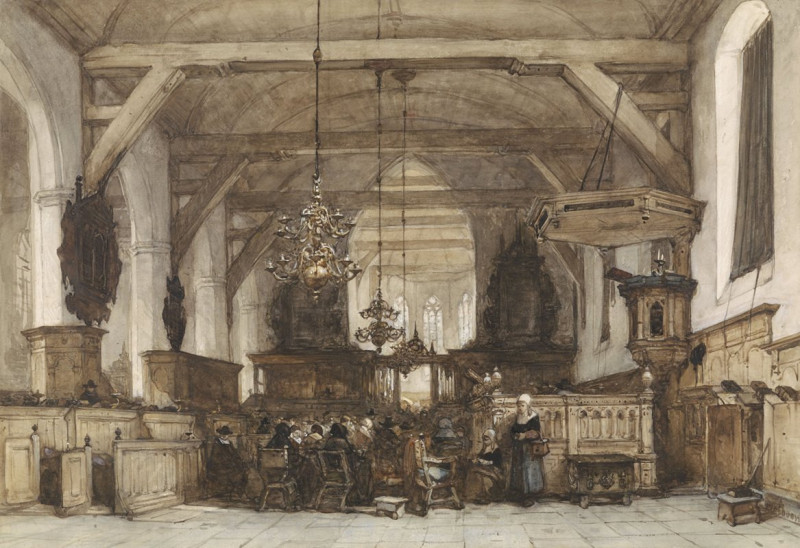Marchesa Balbi (c. 1623)
Technique: Giclée quality print
Recommended by our customers
More about this artwork
Dive into the grandeur of the 17th century with the magnificent portrait titled "Marchesa Balbi," crafted by the renowned Flemish artist, Anthony van Dyck around 1623. This painting stands as a testament to van Dyck's mastery in portraying aristocratic figures, capturing both the sophistication and the personal demeanor of its subjects.The portrait depicts Marchesa Balbi, a noblewoman whose poised and serene expression draws viewers into a world of refined elegance. She is dressed in a sumptuous black gown that cascades in rich, velvety folds, intricately detailed with golden embroidery that gleams with a subtle hint of opulence. Her attire is completed with a large, starched lace collar that frames her face, highlighting her composed yet enigmatic gaze.Van Dyck's skillful use of chiaroscuro enhances the textural contrasts in the Marchesa's attire, from the soft luminosity of her skin to the deep, absorbing blacks of her gown. The background, though subdued, features a draped curtain and a glimpse of a classical column, suggesting a palatial setting that befits her status.This portrait is not merely a visual delight; it also serves as a cultural artifact, offering insights into the fashion, social norms, and artistic preferences of the Baroque period. "Marchesa Balbi" by Anthony van Dyck is a masterpiece that bridges the past and present, inviting viewers to appreciate the enduring beauty and complexity of baroque art.
Delivery
Returns
Sir Anthony van Dyck (1599 – 1641) was a Flemish Baroque artist who became the leading court painter in England after success in the Spanish Netherlands and Italy.
The seventh child of Frans van Dyck, a wealthy Antwerp silk merchant, Anthony painted from an early age. He was successful as an independent painter in his late teens, and became a master in the Antwerp guild in 1618. By this time he was working in the studio of the leading northern painter of the day, Peter Paul Rubens, who became a major influence on his work.

